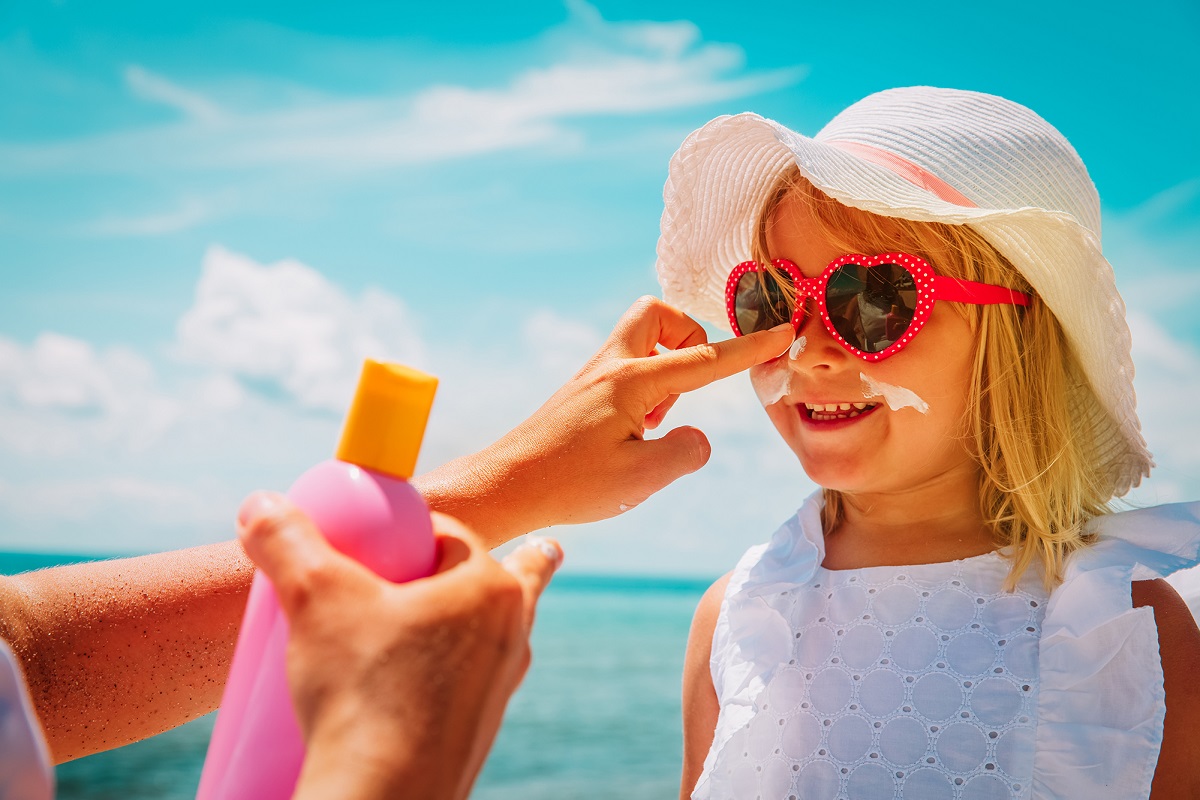 Sunshine: it changes night to day, makes us happy when skies are grey, and is an important source of vitamin D.
Sunshine: it changes night to day, makes us happy when skies are grey, and is an important source of vitamin D.
But despite all the good things about sunshine, it contains ultraviolet (UV) radiation. UV radiation damages skin cells and causes sunburn and skin cancer.
Using sunscreen is an effective way to reduce the risk of skin cancer. According to the Cancer Council, Australia has one of the highest skin cancer rates in the world, with most Australians experiencing skin cancer at least once in their lifetime.
This high risk means every Australian should take the time to become a sunscreen expert.
We're here to help. In this article, we will explain what to look for when choosing a sunscreen, and steps you can take to maximise your sun protection.
Check for an AUST number
As a first step, find the AUST number on your sunscreen. An AUST number means the sunscreen is included on the Australian Register of Therapeutic Goods (ARTG).
All sunscreens that protect against UV radiation must be included on the ARTG. If there is no AUST number, the sunscreen might be unapproved or cosmetic, and not protect against sunburn or skin cancer.
We strongly recommend you avoid homemade sunscreens. A study by the Center for Injury Research and Policy found that homemade sunscreens sold or shared online often have 'minimal protection against UV radiation'.
Check the SPF and whether the sunscreen is broad spectrum
The Sun Protection Factor (or SPF) measures how well a sunscreen protects the skin from sunburns. The higher the number, the stronger the protection, as this table shows:
| Sun Protection Factor | Protection |
|---|---|
| SPF 4, 6, 8, 10 | Low |
| SPF 15, 20, 25 | Moderate (or medium) |
| SPF 30, 40, 50 | High |
| SPF 50+ | Very high |
You should also check whether the sunscreen is broad spectrum. A high SPF will protect against sunburn, but for strong protection against skin cancer the sunscreen must also be broad spectrum.
Apply the sunscreen properly
In general, an adult needs to apply about 40ml of sunscreen to properly cover their body, and how often you will need to reapply depends on the type of sunscreen and your activity. If you get in the water, depending on the sunscreen, you may need to reapply sooner.
The instructions for proper use of a sunscreen are always written on the label. It may surprise you to learn how much sunscreen is required for each limb, and how often you may need to reapply. When using aerosol cans, you should consider how much of the spray doesn't actually hit the skin, and apply more liberally just in case. Also, aerosol sunscreens are mixed with propellant, so they may be more dilute than an equivalent volume found in a sunscreen lotion. This means you may have to use more compared to a lotion or cream to achieve the same coverage.
Don't assume you are using a sunscreen properly, or that all sunscreens are the same. Follow the instructions on the label.
Be sun smart
Don't rely solely on sunscreen!
The Cancer Council recommends a combination of sun protection measures. They suggest you slip on clothing, slop on sunscreen, slap on a hat, seek shade, and slide on sunglasses. Don't rely only on sunscreen to protect you, instead make it part of your sun smart strategy.
Are sunscreens safe?
If sunscreens are used as directed, they are low risk.
A common misconception about sunscreens is that the zinc oxide and titanium dioxide nanoparticles in some sunscreens could be a health risk. The TGA reviewed the research on this subject in 2017. When used as directed, these sunscreens do not penetrate deeply into the skin, and if they do the amounts are so small they are unlikely to be toxic.
A recent study found that some sunscreen ingredients were absorbed into the bloodstream. This study does not indicate that a sunscreen ingredient is harmful. The study was done by the US Food and Drug Administration (FDA) to help them decide if any commonly used sunscreen ingredients require further study according to their new guidelines. Most active sunscreen ingredients have been used globally for more than 15-30 years and they are considered to be safe in humans. We evaluate all new active ingredients for safety before they can be used in sunscreens.
The most common side effects from sunscreens reported to us are local skin reactions, so it is a good idea to test sunscreens on a small patch of skin before use, especially in young children or when changing to a new sunscreen. The test can be performed by applying some sunscreen on a small area of skin on the inner forearm and monitoring for any changes to the condition of the skin. If a skin reaction develops ask your pharmacist or healthcare practitioner for advice on a suitable alternative product.
Sunscreens are not likely to cause harm, but the risk of skin cancer from UV radiation is real.
If you live in Australia, your risk of skin cancer is high. Regular use of sunscreen should be a habit for every Australian.





